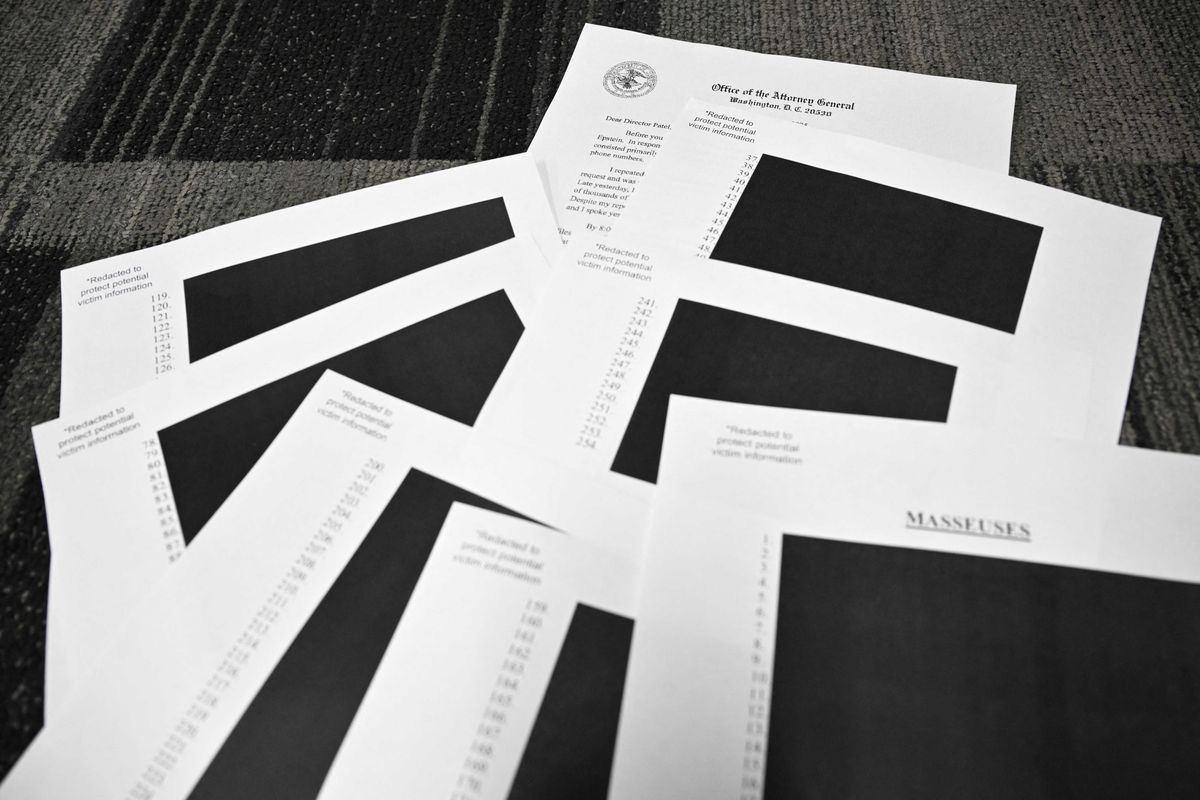Sinead Butler
Apr 30, 2025
Deepfake videos becoming tougher to detect
DW - Premium News English / VideoElephant
Nowadays, we're seeing more advanced deepfakes that are harder to detect, and in a worrying development, the digitally altered images can now have heartbeats.
Deepfakes are where a person’s face or body is digitally altered to mimic someone else. Although it can be used for harmless content, such as turning you into an animal or cartoon, we've already seen the real-world consequences of how these can be weaponised to spread misinformation and create unsolicited sexual content.
In the US, a bipartisan bill, the "Take it Down Act", aimed at combating deepfake pornography, backed by First Lady Melania Trump and social media websites such as Meta, TikTok and X, was passed by the House on Monday (April 28).
Research findings
So this latest advancement, explained in a new study published in the journal Frontiers in Imaging, is even more disturbing, given it could have the future capability to trick some of the most advanced deepfake detectors that depend on blood flow pattern analysis across a person's face.
In the study, researchers used a deepfake detector with remote photoplethysmography, similar to pulse oximeters in hospitals, which looks at how light travels through the skin and can accurately estimate a pulse for the slightest changes.
With these tiny changes, the assumption was that they couldn't be replicated by deepfakes in a convincing way that would dupe rPPP-based detectors... until now.
Professor Peter Eisert, one of the study’s co-authors, noted how deepfake detectors constantly have to keep up with the fast-developing technology.
"I guess that’s the fate of all deepfake detectors – the deepfakes get better and better until a detector that worked nicely two years ago begins to completely fail today," he explained to BBC's Science Focus.
New deepfake videos were put to the test with the detector, and it picked up a realistic heartbeat, despite it not being added on purpose.
Does this mean we're all doomed?
Short answer - not necessarily, according to Professor Eisert.
Resolutions Eisert's team have suggested include implementing new detection strategies such as tracking the flow of blood across the face as an alternative to measuring global pulse rate.
“As your heart beats, blood flows through blood vessels and into your face,” Eisert said. “It’s then distributed over the entire facial area, and there is a small time lag in that movement that we can pick up in genuine footage.”
But the answer doesn't just lie with deepfake detectors, as Eisert noted how "digital fingerprints" – cryptographic proofs that show footage hasn’t been tampered with – could help tackle the problem in future.
"I fear there will be an end to the deepfake race not too far in the future,” Eisert said. “Personally, I think deepfakes will get so good that they’ll be hard to detect unless we focus more on technology that proves something hasn’t been altered, rather than detecting if something is fake.”
Elsewhere, Woman issues warning after brand 'used deepfake image of hers to promote product', and Documentary criticised by abuse survivors over release of Vicky Pattison AI sex tape.
How to join the indy100's free WhatsApp channel
Sign up to our free indy100 weekly newsletter
Have your say in our news democracy. Click the upvote icon at the top of the page to help raise this article through the indy100 rankings.
Top 100
The Conversation (0)














Jasmine Crockett hits back at JD Vance's 'street girl persona' jibe